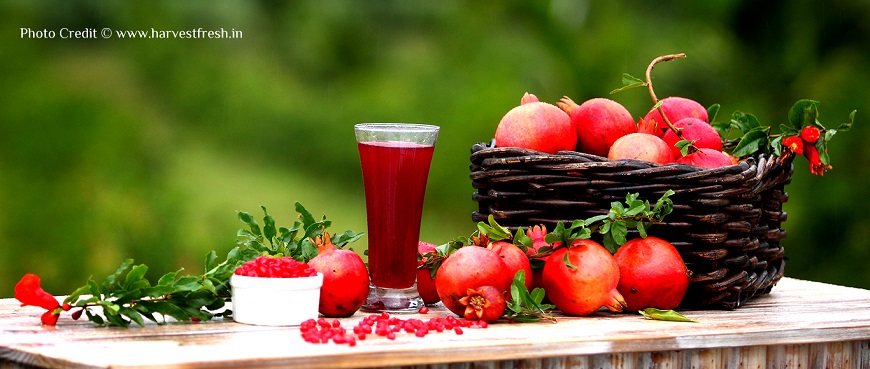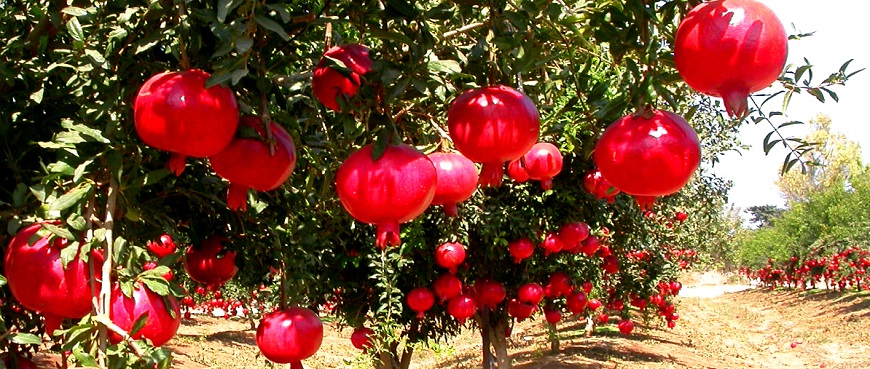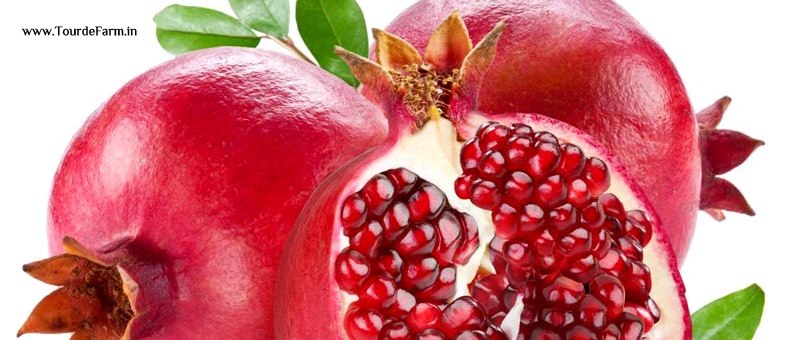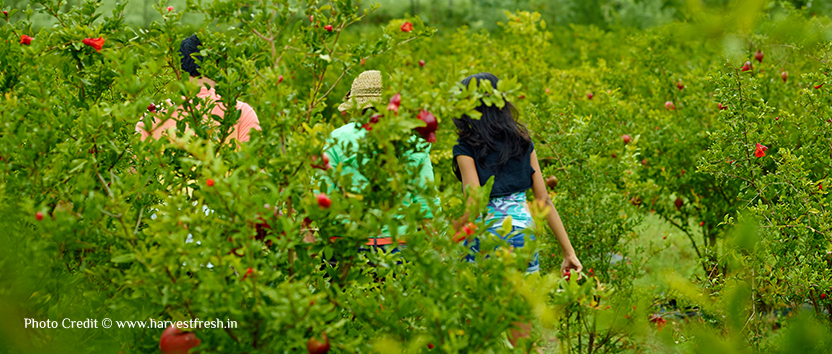Krushi-Kutumba: The Best Way to Explore Real Rural India
- February 20, 2020
- Blog
A farm is a place where you can find serenity and harmony. ‘Krushi’ in Kannada means Agriculture and ‘Kutumba’ means Family. Farming…
Read More
Life in the city is strenuous. Our commitment to professional life requires us to overcome insurmountable tasks on a daily basis. So great is the burden that it is almost essential to take a vacation every once in a while. And what better way to release stress than to hang out on some of Mother Nature’s backyards.
When choosing a place for relaxation or short weekend breaks, the first thing that comes to mind is the scenic views of faraway destinations – the Majestic peaks surrounding Manali, a perfect beach holiday in Goa, picturesque views in Kerala and more. Unfortunately, places like these often come at a hefty price which not many are willing to give in to. For those who want to escape the busy city without traveling a long distance, fruit farm visit maybe the thing you need.
During last two decades, Fruit farming has discovered the new fortunes on account of a silent fruit revolution in various states of India, and it has touched new heights in the drought-prone areas, and some of the hilly regions. Fruits like Grapes, Mangoes, Chiku, Papaya, Orange, Pomegranate and many more have secured a place in fruit lovers mind, and an increasing number of travelers are affectionate to spend time in fruit plantations. And one in particular holds a great appeal to many, the Pomegranate
 Pomegranate is a red berry about the size of an orange. While it has a tough thick skin, its inside houses a spongy white pulp riddled with tiny seeds. These seeds are covered with juicy sacs that contain the flavor of the fruit. Depending on its ripeness, Pomegranate has a sweet, tangy, tart and distinct bold flavor that is somewhat comparable to other berries. Sometimes it possesses hints of earthiness found in some grape variants as well. It’s refreshing taste makes it highly appealing to many. One mouthful of the red arils offers a burst of sweet watery juice, followed by crunchiness from the small seed embedded in each aril. In some varieties, whitish pink pomegranate arils may be just as sugary and delicious as their red counterparts, so don’t judge a pomegranate by the color of its arils. Some people do not eat the seeds, choosing instead to spit them out. In fact, it has recently been classified as a super fruit due to its high antioxidant content and nutritional value.
Pomegranate is a red berry about the size of an orange. While it has a tough thick skin, its inside houses a spongy white pulp riddled with tiny seeds. These seeds are covered with juicy sacs that contain the flavor of the fruit. Depending on its ripeness, Pomegranate has a sweet, tangy, tart and distinct bold flavor that is somewhat comparable to other berries. Sometimes it possesses hints of earthiness found in some grape variants as well. It’s refreshing taste makes it highly appealing to many. One mouthful of the red arils offers a burst of sweet watery juice, followed by crunchiness from the small seed embedded in each aril. In some varieties, whitish pink pomegranate arils may be just as sugary and delicious as their red counterparts, so don’t judge a pomegranate by the color of its arils. Some people do not eat the seeds, choosing instead to spit them out. In fact, it has recently been classified as a super fruit due to its high antioxidant content and nutritional value.
Exploring a Pomegranate Farm is truly a remarkable adventure. The refreshing atmosphere that greets you upon arrival is more than enough reason to justify your journey. The temperate climate is soothing, and there is an overall calmness in the surrounding. The long array of bushes that end in the horizon is as fascinating as the fruits they bear. Not to mention the friendly faces that greets you around the farm.
 Picking Pomegranates is one of the first things you definitely need to experience on your tour. You’ll learn first-hand the proper way to handle fruits. There are several tips that local farmers can teach in order to select a superior fruit. First off, you should consider the skin tone of the fruit. Pomegranates vary from light to dark red in color. One sign of a Pomegranate’s ripeness depends on how smooth and firm its skin is. Ripe fruits are also not spherical but rather have somewhat flattened sides, similar to the shape of a hexagon. They also need to be a bit heavy for its size. This is a good indication that there is a juicy fruit waiting for its picker.
Picking Pomegranates is one of the first things you definitely need to experience on your tour. You’ll learn first-hand the proper way to handle fruits. There are several tips that local farmers can teach in order to select a superior fruit. First off, you should consider the skin tone of the fruit. Pomegranates vary from light to dark red in color. One sign of a Pomegranate’s ripeness depends on how smooth and firm its skin is. Ripe fruits are also not spherical but rather have somewhat flattened sides, similar to the shape of a hexagon. They also need to be a bit heavy for its size. This is a good indication that there is a juicy fruit waiting for its picker.
 Eating a Pomegranate on the other hand, is whole other ordeal altogether. Once you surpass the feat of breaking open its tough skin, your fingers and clothes can easily get stained with the reddish juice the moment you try and eat it. As messy as it may sound, this is but a minor inconvenience compared to the rewards of having this tasty treat. There is, however, an art of perfectly opening a Pomegranate which can be taught first hand by veteran fruit growers.
Eating a Pomegranate on the other hand, is whole other ordeal altogether. Once you surpass the feat of breaking open its tough skin, your fingers and clothes can easily get stained with the reddish juice the moment you try and eat it. As messy as it may sound, this is but a minor inconvenience compared to the rewards of having this tasty treat. There is, however, an art of perfectly opening a Pomegranate which can be taught first hand by veteran fruit growers.
So what else is there besides devouring dozens of freshly picked goods? An additional advantage of being in the company of local farmers is learning new and unique ideas in preparing Pomegranate. Every area has their own innovative take on the fruit which they happily share with visitors. Their recipes may include Pomegranate Jelly, Ginger Pomegranate Sauce, Pomegranate cookies and salad variations, among others. There are always something new to discover from people who truly love this fruit.
Pomegranate farm visit should be on everyone’s list this season. It offers a fresh and relaxing sanctuary for those who are weary of their life’s daily routine. The travel cost is also fairly low compared to other tourist destinations. In fact, a Pomegranate farm might just be a few miles from your location. It’s a great opportunity for individuals and families to experience one of the simpler yet satisfying gifts of nature. Don’t miss out and plan your tour this harvesting season.
 Pomegranates from the Nasik, Pune, Solapur, Sangali & some part of Satara district of western Maharashtra, India are popular. This region account for more than two third of the total Pomegranate plantation (about 1 lacs hectors plantation in Maharashtra) in India The tropical or warm and temperate climates and soil conditions of the region make it suitable for growing the fruit and give it a unique taste. Ganesh, Aarakta (Deep-red Bhagava) are the notable varieties cultivated in Maharashtra & other varieties like Dholka, Kandhari, Kabul, Muskati Red, Mridula, etc other part of India
Pomegranates from the Nasik, Pune, Solapur, Sangali & some part of Satara district of western Maharashtra, India are popular. This region account for more than two third of the total Pomegranate plantation (about 1 lacs hectors plantation in Maharashtra) in India The tropical or warm and temperate climates and soil conditions of the region make it suitable for growing the fruit and give it a unique taste. Ganesh, Aarakta (Deep-red Bhagava) are the notable varieties cultivated in Maharashtra & other varieties like Dholka, Kandhari, Kabul, Muskati Red, Mridula, etc other part of India
All these facts & pleasant environment create an opportunity for travelers to enjoy the world class pomegranate picking activity. TourdeFarm.in handpicks some of the Pomegranate Farms in Western Maharashtra region & Kerala. So let’s arrange Pomegranate Farm tour this season with family & friends to experience pomegranate picking activity.